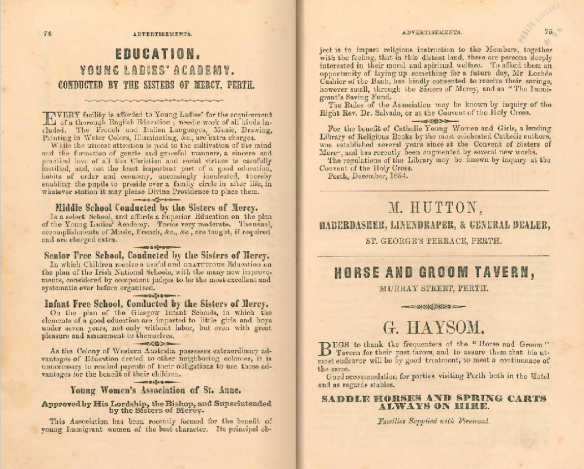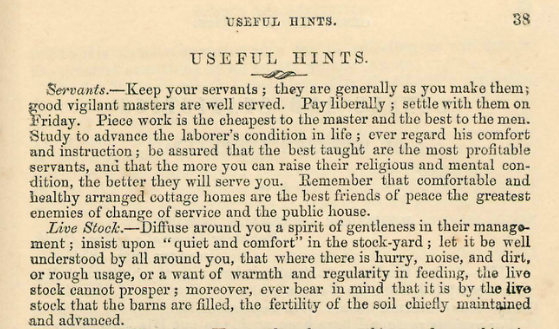Many Western Australians have a convict or pensioner guard in their ancestral family. The State Library has digitised some items from our heritage collections relating to convicts, the police and the early criminal justice system.
Police Gazette of Western Australia, 1876-1900
The Police Gazettes include information under various headings including apprehensions (name of person arrested, arresting constable, charge and sentence), police appointments, tickets of leave, certificates of freedom, and conditional pardons issued to convicts. You may find physical descriptions of prisoners. Deserters from military service and escaped prisoners are sought. Mention is also made of expirees leaving the colony; inquests (where held, date, name and date of death of person, verdict); licences (publican, gallon, eating, boarding and lodging houses, railway refreshment rooms, wine and beer and spirit merchants, etc. giving name of licensee, name of hotel and town or district). There are listings for missing friends; prisoners discharged; people tried at Quarter Sessions (name, offence, district, verdict); and warrants issued. There are many reasons for a name to appear in the gazettes.
We thank the Friends of Battye Library and the Sholl Bequest, for supporting the digitising of the Police Gazettes.
A great resource for researching the broader experience of WA convicts is The convict system in Western Australia, 1850-1870 by Cherry Gertzel. This thesis explains the workings of the convict system, and explores the conditions under which the convicts lived and worked, their effect on the colony and, to some extent, the attitudes of colonists to the prisoners.
Another valuable publication is Further correspondence on the subject of convict discipline and transportation. This comprises official documents relating to the transportation of convicts to Australia, covering the period 1810-1865, and is bound in 8 volumes.
This set from our rare book collection gives an excellent background to the subject for anyone researching convicts or convict guards, with individuals (very) occasionally being named.
The easiest way to access this wonderful resource is to type convict system under Title in our catalogue and select State Library Online from the drop-down box. Once you’ve selected a volume, you can browse through the pages by placing your cursor on the edge of a page and clicking. If you have the volume turned on, this makes a very satisfying page-turning noise! If you want to search for names, scroll down and select the Download button. You can then save a searchable PDF version to your PC. The files are fairly large so you may need to be patient.

Return of the number of wives and families of ticket-of-leave holders to be sent out to Western Australia 1859 From: Further correspondence on the subject of convict discipline and transportation, 1859-1865 p.65. [vol.8]
Another interesting read is the transcript of the diary of John Gregg, carpenter on the convict ship York. This 1862 diary gives details of work each day, which was often difficult when the weather was foul and the carpenter sea-sick, and uncommon events such as attempts by convicts to escape –
“…the affair altogether must be admitted to reflect little credit on the military portion of the convict guard, for although the officer of the watch called loud and long for the guard, none were forthcoming until the prisoners were actually in custody.”
Diary of John Gregg, carpenter on the convict ship ‘York’, with definitions of nautical terms, compiled by Juliet Ludbrook.

A letter from a convict in Australia to a brother in England, originally published in the Cornhill Magazine, April 1866 contains insights into the experience of a more educated felon and some sharp observations on convict life as lived by him upon his arrival in Western Australia-
“…you can walk about and talk with your friends as you please. So long as there is no disturbance, there is no interference”
and
“…the bond class stand in the proportion of fully five-sevenths of the entire population, and are fully conscious of their power…”
Other miscellaneous convict -related items include:
Two posters listing convict runaways with details of their convictions and descriptions:
Return of convicts who have escaped from the colony, and whose absconding has been notified to this office between the 1st June, 1850, and the 31st of March, 1859
and
List of convicts who are supposed to have escaped the Colony (a broadsheet giving the name, number and description of 83 escaped convicts).


Parade state of the Enrolled Guard, 30 March 1887, on the occasion of the inspection of the guard by Sir Frederick Napier Broome, prior to disbandment.
British Army pensioners came out to Western Australia as convict guards. This document gives the following details for those still serving in 1887:- rank, name, regiment, age, rate of pension, length of Army service, rank when pensioned, date of joining the Enrolled Guard, medals and clasps.
Scale of remission for English convicts sentenced to penal servitude subsequent to 1 July 1857 is a table showing how much time in good behaviour convicts needed to accrue in order to qualify for privileges.
Certificate of freedom, 1869 [Certificates of freedom of convict William Dore]


This is just a small sample of convict-related material in the State Library collections that you can explore online. You can also visit the Battye Library of West Australian History to research individual convicts, policemen, pensioner guards or others involved in the criminal justice system.



 School magazines provide a fascinating glimpse into the past.
School magazines provide a fascinating glimpse into the past.









































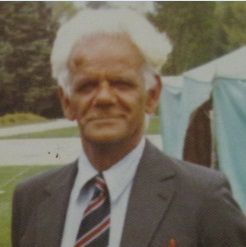

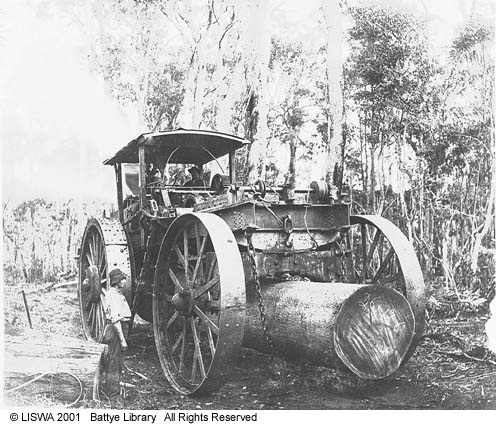





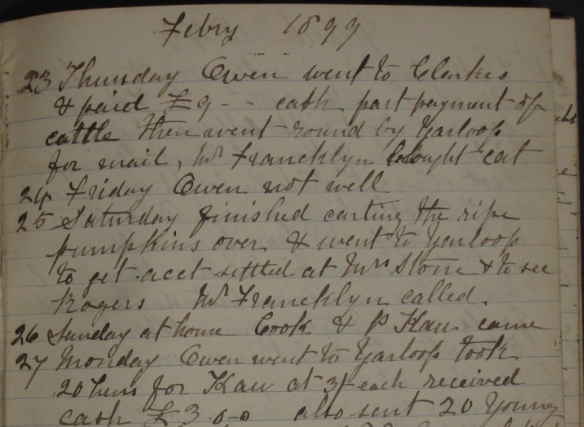


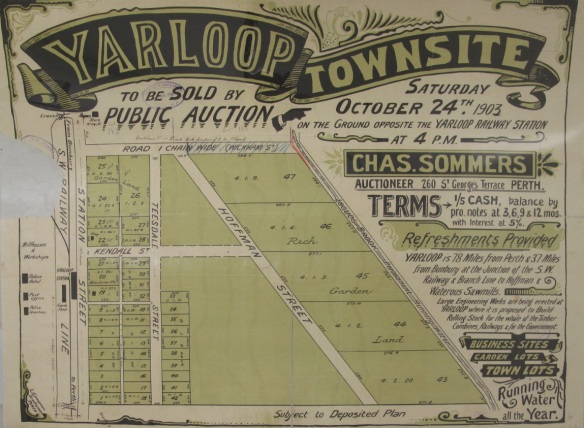
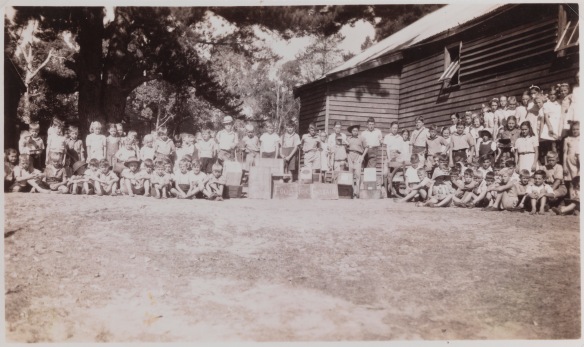






![Returns_of_population_1848_-_1855 Returns of Births 1848 [1855]](https://slwa.files.wordpress.com/2015/12/returns_of_population_1848_-_1855.png?w=214&resize=214%2C115&h=115#038;h=115)
![Returns_of_births_1848_-1854__1855 Returns of Population 1848 [1855]](https://slwa.files.wordpress.com/2015/12/returns_of_births_1848_-1854__1855.png?w=214&resize=214%2C149&h=149#038;h=149)
![Marriages 1848 -1854 1855 Returns of Marriages 1848 [1855]](https://slwa.files.wordpress.com/2015/12/marriages-1848-1854-1855.png?w=362&resize=362%2C268&h=268#038;h=268)

